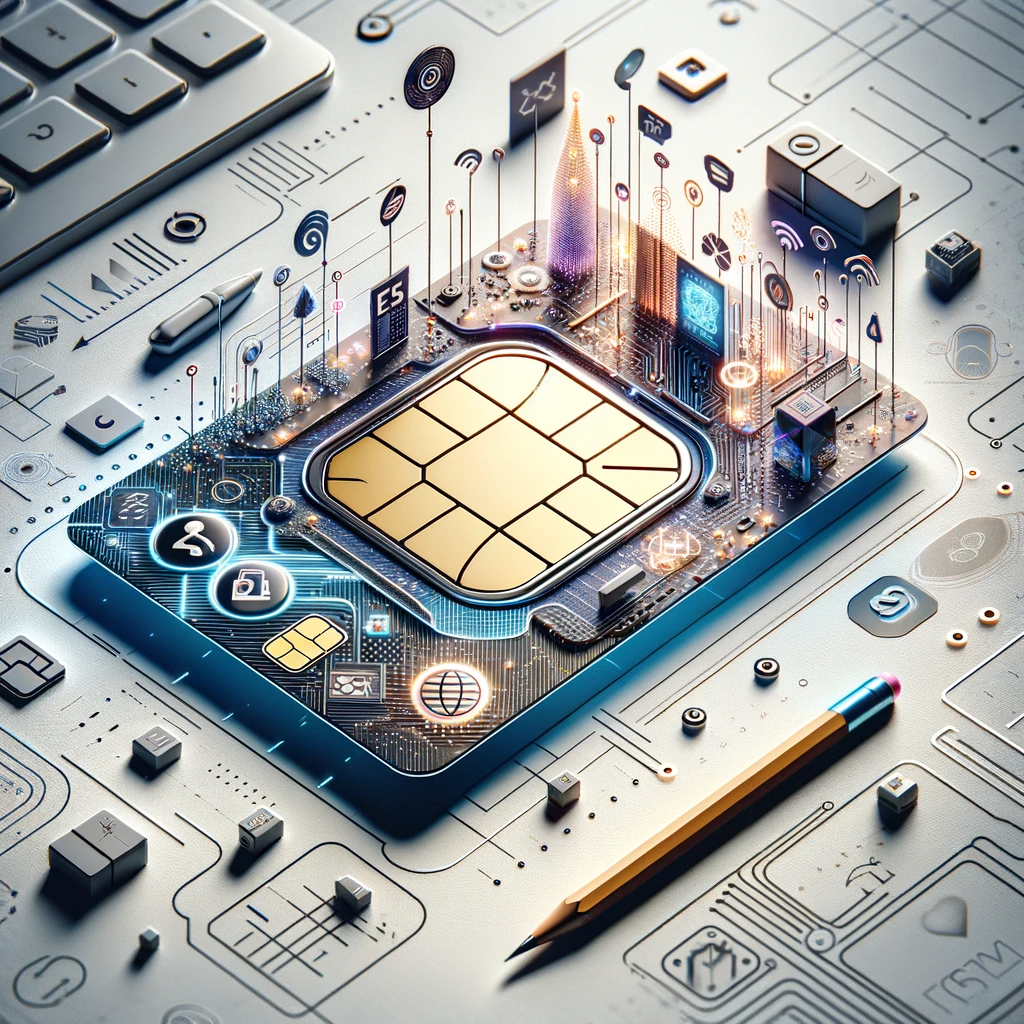What is an eSIM?
An eSIM, short for embedded SIM, is a digital SIM card that is built into a device. It eliminates the need for a physical SIM card and allows users to activate a cellular plan without inserting a physical card into their device.
How does an eSIM work?
Unlike a physical SIM card, which stores information on a removable chip, an eSIM stores the necessary data directly on the device's built-in chip. This data includes the user's mobile network operator credentials, such as the IMSI (International Mobile Subscriber Identity) and the authentication key.
What are the advantages of using an eSIM?
1. Flexibility: With an eSIM, users can switch between different mobile network operators without needing to physically change the SIM card. They can simply select a new plan from their device's settings.
2. Dual SIM functionality: eSIMs enable devices to have dual SIM capabilities, allowing users to have two active phone numbers on a single device.
3. Remote provisioning: eSIMs can be remotely provisioned by mobile network operators, making it easier for users to activate a new plan or switch to a different operator without visiting a store.
What are the limitations of eSIMs?
1. Limited device support: Not all devices support eSIM technology. Users need to ensure that their device is eSIM compatible before considering this option.
2. Network compatibility: Some mobile network operators may not support eSIMs or have limited support in certain regions. Users should check with their operator to ensure compatibility.
What is a physical SIM?
A physical SIM, also known as a traditional SIM card, is a small chip that is inserted into a device to connect it to a mobile network. It contains the user's mobile network operator credentials and is removable.
How does a physical SIM work?
When a physical SIM card is inserted into a device, it establishes a connection with the mobile network operator's network. The SIM card contains the necessary information to authenticate the user and grant access to the network.
What are the advantages of using a physical SIM?
1. Wide device compatibility: Physical SIM cards are supported by the majority of mobile devices available in the market.
2. Global availability: Physical SIM cards can be easily obtained and activated in most countries around the world.
3. Easy to replace: If a physical SIM card gets damaged or lost, it can be easily replaced by obtaining a new card from the mobile network operator.
What are the limitations of physical SIMs?
1. Need for physical swapping: To switch between mobile network operators or activate a new plan, users need to physically swap the SIM card, which can be inconvenient.
2. Limited dual SIM functionality: Devices with physical SIM slots usually support only one active SIM card at a time, limiting the ability to have dual SIM capabilities.
In conclusion, eSIMs and physical SIMs both serve the purpose of connecting devices to mobile networks, but they differ in terms of form factor and functionality. eSIMs offer flexibility, remote provisioning, and dual SIM capabilities, while physical SIMs provide wide device compatibility and global availability. The choice between the two depends on the user's device compatibility, network operator support, and personal preferences.

